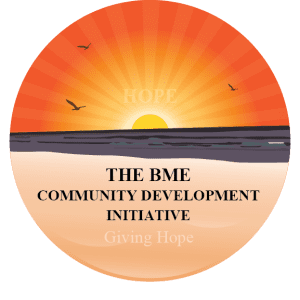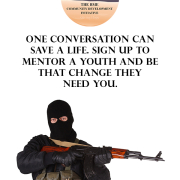Youth Violence Prevention: Understanding Youth Violence Causes and Prevention Strategies
Youth violence doesn’t occur in a vacuum. It often stems from a mix of individual, family, and community factors that shape a young person’s life. Understanding these root causes is the first step in crafting effective prevention strategies. On the individual level, risk factors can include untreated trauma or mental health issues, substance abuse, and involvement in minor delinquency at an early age. Family environment plays a huge role: exposure to domestic violence, inconsistent parenting, or family members who engage in crime can normalize aggression for a child. At the community level, poverty, gang presence, and availability of weapons (like knives or guns) greatly increase the odds of youth violence. For instance, youths living in high-poverty neighbourhoods are significantly more likely to be victims or perpetrators of violence than those in more affluent areasyouthendowmentfund.org.uk.
Given this complex web of causes, prevention strategies must be multi-faceted:
- Early Childhood Interventions: Reaching children when aggressive behaviors first appear (even in primary school) can prevent later violence. Programs that teach emotional regulation and social skills, such as anti-bullying curricula and conflict resolution workshops, have shown success in reducing aggressive incidents among youth.
- Family Support and Parent Training: Empowering parents with better tools can create more stable home lives. Home visitation programs by social workers, parenting classes that teach non-violent discipline, and family therapy for high-risk households all help reduce youth violence. When families communicate better and provide consistent structure, children are less likely to act out violently.
- Community Engagement and Recreation: Idle time and lack of supervision in adolescence can lead to trouble. Providing safe spaces and activities – youth clubs, sports leagues, arts programs – gives teens constructive outlets and keeps them occupied during peak hours for violence (afternoons and evenings). Research strongly supports this approach: areas that expanded youth recreational programs saw corresponding drops in youth crimeorg.uk.
- Mentorship and Role Models: Many violent youths lack positive role models. Mentoring programs can fill this gap by matching at-risk teens with caring adults who provide guidance and support. Evidence shows mentoring can reduce violent behavior and improve life outcomes for youth, especially when mentors help with problem-solving and goal-settingorg.uk. Additionally, involving credible messengers – for example, young adults from the same community who avoided or escaped violence – can powerfully influence teens’ attitudes.
- School-Based Prevention: Schools can implement specific violence prevention strategies, from teaching conflict resolution in the classroom to establishing anti-violence student clubs. Importantly, schools need to maintain an inclusive environment; suspensions and expulsions should be last resorts, as exclusion from school is linked to higher risks of offendingopen.ac.uk. Some schools have had success with restorative justice practices, where students learn to resolve conflicts through mediated dialogue rather than fights or punishment.
Understanding youth violence means recognizing it as preventable. Risk factors may increase the likelihood of violence, but they are not destiny. By addressing the causes at multiple levels – individual, family, school, community – prevention programs can and do change trajectories. Cities that have invested in comprehensive youth violence prevention strategies (combining outreach, policing, education, and social services) often see substantial declines in youth crime over time. For funders, this holistic understanding is key: supporting a range of coordinated strategies will yield the best results. The message from research is hopeful: when we tackle the underlying causes of youth violence, we can stop violence before it starts, creating safer communities for everyone.


